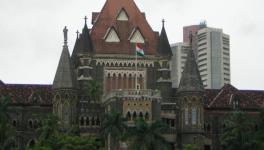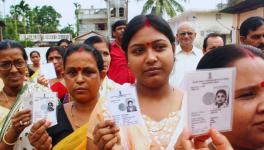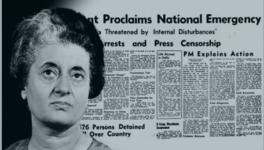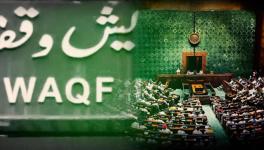Modi’s Digital India Leads World in Internet Shutdowns
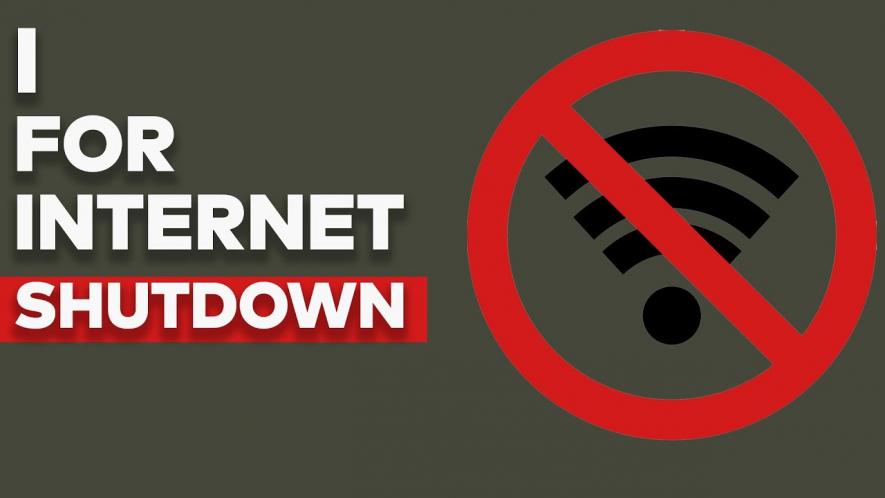
Prime Minister Modi has been claiming that his government has become transparent, with all its data and services now on the internet. If this is true, why is his government the world leader in shutting down the internet? In 2018, and in 2019, India ordered almost 70% of the 196 estimated internet shutdowns documented the world over. Pakistan came next, but way behind: it had only 12 shutdowns compared to our 134. So not only are we world leaders in internet shutdowns, we are also way ahead of the competition.
This year too, we have the “best” figures; 104 shutdowns. But the number does not tell the full story. One shutdown counts as one strike in the tally of shutdowns, but the internet has been stopped for the whole of Kashmir for more than 143 days. This is the longest shutdown ever of the internet, and it affects a population of 1.25 crore—and it is still continuing.
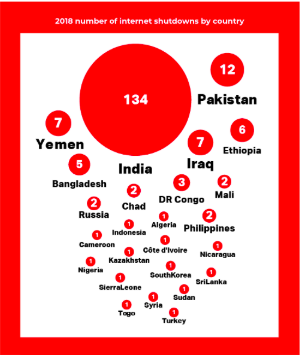
The North-east, including Assam, had a similar shutdown recently, which lasted ten days. Again, nearly 5 crore people were affected.
Mobile internet is still turned off for Kashmir, denying students enrolments in college, preventing households from doing a whole bunch of tasks that we take for granted in the rest of the country.
And these are bleak days for those who depend on the internet for their livelihood—Uber and Ola drivers, plumbers, electricians and others who use service aggregators such as UrbanClap, Quikr, etc.. Even electricity services, if pre-paid metres are installed, need internet services for the supply to continue. Electric supply can snap if the internet is blocked off.
Truth is, even if the government justifies shutting down the internet, for example by claiming that the law and order situation required it, the shutdown in Kashmir is nothing short of a collective punishment for all its people.
Now, internet shutdowns operate under section 144 of the Criminal Procedure Code. How does Section 144, a statute that prohibits people from gathering in numbers five and above, translate into shutting down phone and internet services?
Section 144 was extended to the internet and telephone services through rules issued by the Ministry of Communications under the Telegraph Act, 1885. The procedure laid down in the Temporary Suspension of Telecom Services (Public Emergency or Public Safety) Rules, 2017 says that the Union or state joint secretary in charge of home affairs sends an order to the police (ranked superintendent or above), who, in turn, directs telecom licensees to shut off telecom services. In simple language it means that a magistrate who puts section 144 into effect under a colonial-era law, can also instruct the superintendent to ask a telecom company to shut down phone and/or internet services under the Telegraph Act, 1885, another colonial-era law. To meet the formalities laid down by law, all the paper work, including signatures and review, are done post facto, meaning after the shutdown has already been imposed.
Earlier, the Kerala High Court, in a case where students were not allowed to use mobiles after a certain time in hostels, had judged the internet is a growing necessity and therefore a fundamental right. Recently, the Gauhati High Court said that law and order is a predominant factor in judging internet shutdowns, but accepted that citizens are dependent on internet services and suspending them can seriously disrupt life. It ordered internet bans to be lifted as it felt that the situation had improved in the region.
The courts—and this applies to Kashmir as well—seem to back away from examining the broader legal issues that arise out of banning mobile telephones and internet services, particularly in an era when the government claims it is moving away from delivering physical services and even wants to do away with money. If indeed the government’s claims are true, and it wants to provide services only via the internet, and all transactions have to be done using mobile payment platforms, how does it square up with internet shutdowns?
Then disconnecting internet and mobile services simultaneously unplugs citizens from the government and all services, including money transactions. A huge number of people who use the internet to provide services also lose their livelihood.
By restricting themselves to law and order as the predominant factor behind allowing shutdowns, the courts have avoided entering the more difficult terrain of what is a reasonable restriction, and whether closing off access to the internet and mobile telephones is proportional to the needs of the law and order machinery. How do we justify a suspension of internet services that stretches over nearly five months?
Even if a curfew is imposed on an area, it is lifted for a certain period during the day. In Kashmir, the ban is total: no mobile internet has been available for the entire 143 days.
The Telegraph Act may be compared to section 144, another colonial era statute. This section allows a magistrate to effectively ban all protests. The courts have held that there must be an “imminent” threat to law and order for this section to be used. It is important to note—and this is true of internet services as well—that any imposition of section 144 takes away a citizen’s fundamental right to freedom of speech and expression, assembly and movement, guaranteed under Article 19 of the Constitution. Therefore, it must meet the test of reasonable restrictions and, further, it must be proportional to the object it seeks to achieve.
Any measure that curtails our fundamental rights must satisfy two tests: are the restrictions—on gatherings, marches, other forms of protest—reasonable, and are they proportional to the need to maintain law and order. Recently, the whole of Uttar Pradesh was put under section 144. How is this either reasonable or proportional? Did every magistrate in every town and district of UP come to the same conclusion on their own?
Strangely enough, section 144 did not apply to those who came out to support the government.
Internet communications were also snapped, for short and prolonged periods, in Aligarh, Lucknow and many other towns and cities. It is clear that the government’s answer to people’s protests is section 144, FIRs on a mass scale, identifying people from photographs and video grabs of protests, and delivering the collective punishment of denying them a whole range of services that today depend on the internet.
In other words, if the administration simply feels, and the Court agrees, that internet services can lead to a law and order problem, is a complete ban for prolonged periods then proportional to the need to maintain law and order?
Is prohibiting all forms of personal communications the only way the government of India now believes law and order can be maintained? Is this not a declaration of complete failure of its policy in Kashmir and, increasingly, elsewhere?
Get the latest reports & analysis with people's perspective on Protests, movements & deep analytical videos, discussions of the current affairs in your Telegram app. Subscribe to NewsClick's Telegram channel & get Real-Time updates on stories, as they get published on our website.











